Challenges
Manual Testing Bottlenecks
Manual testing was time consuming and error prone, leading to delays in releases and undetected bugs.
Frequent Changes
The fast-paced nature of ecommerce required frequent updates and feature additions, making manual testing impractical.
Resource Constraints
Limited QA resources and expertise in automation tools.
Integration Issues
Difficulty in integrating testing processes with the existing development and deployment pipelines.
Scalability
Ensuring the QA process could scale with the growing number of features and user base.

Proposed Solution
Our Client agreed and decided to implement a comprehensive QA automation solution, leveraging a mix of various automation tools available in the market. The solution included:
Automated Test Framework
Developing a robust automated test fram ework to cover different types of testing (functional, regression, performance, etc.).
CI/CD Integration:
Integrating automated tests with the CI/CD pipelines to ensure continuous testing.
Tool Selection
Selecting the right set of tools for test automation, based on the company’s technology stack and requirements.
Training and Development
Providing training to QA teams on automation tools and best practices.
Scalability and Maintenance
Ensuring the automation framework is scalable and easy to maintain.
Implementation:
Phase 1: Automated Test Framework
• Tools Used: Selenium for web application testing, Appium for mobile application testing, JUnit/TestNG for unit testing.
• Developed a comprehensive test framework covering functional, regression, and performance testing.
Phase 2: CI/CD Integration
• Tools Used: Jenkins for CI/CD pipelines, Git for version control, Docker for containerization.
• Integrated automated tests into the CI/CD pipelines to enable continuous testing.
Phase 3: Tool Selection and Setup
• Tools Used: Selenium WebDriver for web testing, Appium for mobile testing, Postman for API testing.
• Selected and set up the necessary automation tools based on the technology stack and testing requirements.
Phase 4: Training and Development
• Conducted training sessions for the QA team on Selenium, Appium, and best practices in test automation.
• Established a knowledge sharing culture to keep the team updated on the latest tools and techniques.
Phase 5: Scalability and Maintenance
• Implemented a modular test automation framework to ensure scalability and ease of maintenance.
• Regularly reviewed and updated test scripts to adapt to changes in the application.
Final Outcome:
Reduced Testing Time
Automated tests significantly reduced the time required for regression and functional testing, allowing for faster releases.
Improved Test Coverage
The comprehensive test framework ensured thorough test coverage, leading to early detection of bugs.
Continuous Testing
Integration with CI/CD pipelines enabled continuous testing, ensuring high-quality releases.
Scalability
The modular framework allowed the QA process to scale with the growing number of features and user base.
Enhanced QA Team Skills
Training sessions improved the QA team’s pr oficiency in automation tools and best practices, reducing reliance on manual testing.



